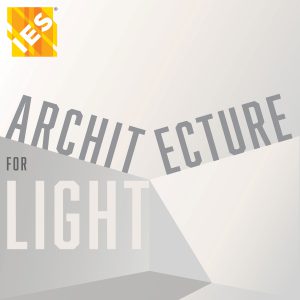
-
Register
- Non-member - $40
- Member - $15

About this Course
Architecture for Light is one course in the IES's Indispensable Lighting Series. This series was designed to provide members, educators and the general public access to information about quality lighting. Architecture for Light was created by Kim and Paul Mercier - who are both past Presidents of the IES - and their course consists of two parts; Part 1 is titled Heirloom Ideas, Modern Semantics and Current Realizations and Part 2 is titled Lighting Design in the Era of Energy Codes. Each part offers continuing eduction for learners; they can be purchased individually or as a package.
Description: Part 2 focuses on the influence energy codes have in the design process; the benefits of an integrated design team; the impact that people, materials, and geometry have on the lighting design process; and lighting strategies through the use of case studies.
Learning Objectives:
By the end of this course learners will be able to...
1. Understand the influence of energy codes in the lighting design process.
2. Identify the benefits of an integrated design team, which includes the lighting designer's involvement in the imaging sessions.
3. Explore the impact of people, materials, and geometry on the lighting design process for the built environment.
4. Examine lighting strategies through case studies that explore visual hierarchy, light and direction, and verticality.
Key:
0:00 Introduction
5:15 The Alarming Question
9:02 Vertical Design Process
16:00 Imagining Sessions
28:23 Appropriate Treatments
35:55 Space Volume and Geometry
43:06 Verticality
54:09 Hierarchy
1:03:04 Light and Direction
1:09:00 Efficiency of Design
1:14:44 Problem Solving Becomes Design